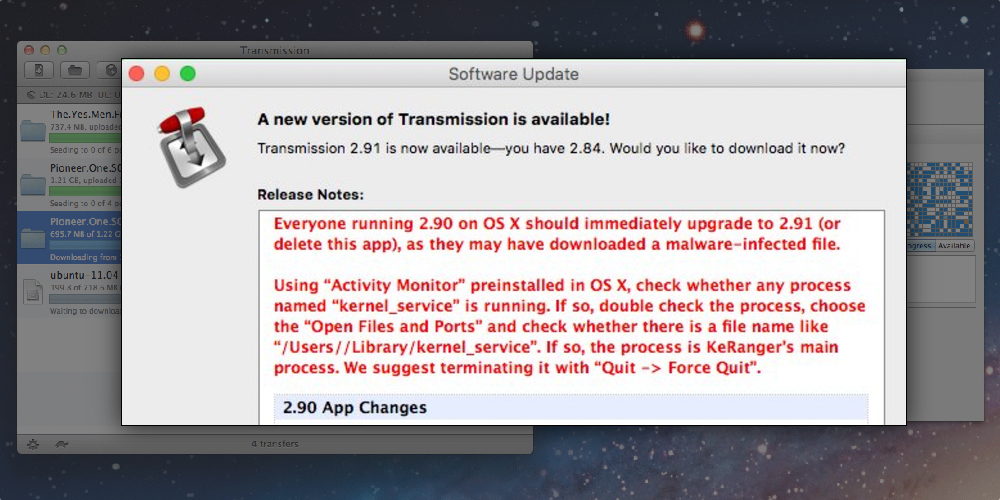Do Apple Mac users need to worry about security and viruses?
If we were to ask Mac users if they are worried about cyber threats on their MacBooks or iMacs, the answer would be, at least nine out of ten, a resounding “no”, even if there is evidence that Macs are just as likely to get infected by computer viruses, as Windows PCs, and susceptible to new scary variations of ransomware, a form of aggressive malware capable of performing a wholesale, and irreversible encryption of all data on the target computer.

Historically, Windows PCs have been the target of choice by hackers, due to a far less secure file system than Unix or Linux, and because there is plenty more Windows users than there are Mac users, worldwide.
The economics of cybercrime
The amount of malware manufactured to attack every single version of Microsoft Windows is staggering, compared to Mac OS X, which may be good news for Mac users, but for how long? The answer may lie in a deeper understanding of simple marketing economics.
Macs are more expensive than PCs, which includes the premium that owners of Mac computers pay to Apple, in the form of Apple Care, a service that covers most hardware and software issues.
Mac OS X, and subsequently macOS Sierra, are also very strict in regard to installing applications. Native desktop applications must pass the Gatekeeper’s software verification before being able to be installed. Applications downloaded from the Apps Store, on the other hand, undergo even tougher screening, as they must be approved before they are even available for consumers to browse.
Microsoft has come a little late to the party when it first released User Account Control with Windows Vista, a feature that displays a warning if a program makes any modification that may affect the system. While UAC is a great solution to an age-old problem, a bigger problem arose, as Windows users began seeing UAC as more of a nuisance than a protective feature, and began disabling it.
Should you get an antivirus for your Mac?
Back to Mac OS X, how long will the Mac be “immune” to malicious hackers? Popular BitTorrent app Transmission has been in the news, after being infected with KeRanger, one of the very first Mac variants of ransomware. The infected app has managed to sneak past Gatekeeper, and make its way to an undisclosed number of Mac computers, until it was blocked and replaced with a new, safer version.
By this token, we can expect that cyber-criminals are beginning to see Macs as a worthy target, in light of two possible facts:
First, Microsoft Windows is far more secure than before, and harder to hack as of Windows 8.1, which raises the cost of developing exploits and malware. Crooks are very much bound to their own economics as well, and hackers who develop viruses and other malware applications, make money off of other crooks who don’t have the time or knowledge to code malicious software, which creates supply and demand. The more secure the target computer, the higher the price of hacking it and making a profit. This is also why it’s nearly impossible to eradicate cyber-threats, as the ones who create them are merely suppliers.
Second, the expanded ecosystem created to let different Apple products communicate with each other through Continuity, has rendered the Mac a very attractive target for identity thieves looking for alternatives to bypassing the increasingly secure iOS lockscreen.
iPhones hold the lion’s share of the market, which means a greater chance of scraping valuable data, than from an Android device. Thanks to Touch-ID, and end-to-end encryption, iPhones and iPads are a lot tougher to hack directly, but by gaining access to a Mac, an intruder could theoretically hack into an iPhone or an iPad, more easily than trying to bypass Touch-ID by directly interacting with a stolen device.
Conclusion
While the chance of being hacked when using a Mac is considerably small, that chance does exists, and considering that modern viruses are nothing like what we have seen in the past 20 years, especially in reference to ransomware, it definitely pays off to at least browse a few of the available options, including Mac Premium, AV Test, Panda and SentinelOne, some of which provide protection for both Macs and iOS devices.